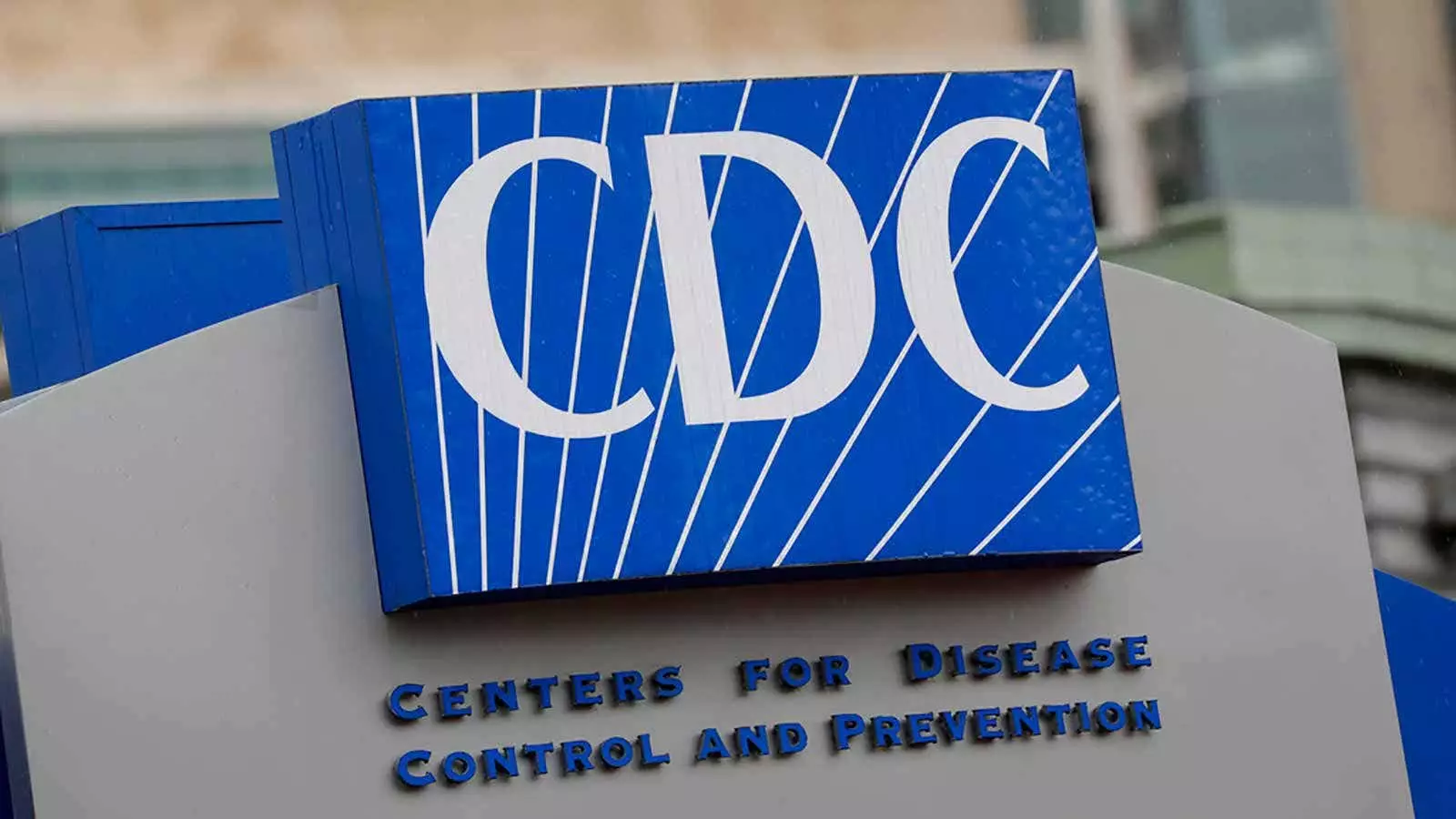In Missouri, a patient recently tested positive for bird flu, despite having no known contact with dairy cows or animals associated with the outbreak. This raises concerns as it is the 14th case of bird flu in the U.S. since March. The U.S. Centers for Disease Control and Prevention have stated that the risk to the general public remains low, but the latest case has sparked questions about how the virus was transmitted.
The infected individual, who remains anonymous, was hospitalized on August 22nd with other medical conditions. Testing revealed that they were infected with influenza A, which was later confirmed to be bird flu by CDC officials. The patient received antiviral medication and has since recovered. However, it is unclear whether the hospitalization was due to the bird flu infection or preexisting health conditions.
Health officials are puzzled as to how the individual contracted bird flu without any history of exposure to infected cows or poultry. Previous cases in the U.S. have all been linked to occupational exposure to animals. The fact that this case was detected through routine influenza surveillance rather than targeted efforts is concerning as it indicates a potential for wider transmission within the community.
The Missouri Department of Health and Senior Services is continuing the investigation into the source of the infection. Despite the lack of unusual flu activity in the U.S., including Missouri, the incident highlights the unpredictable nature of infectious diseases. Efforts to contain the spread of bird flu remain a priority to prevent further cases and potential outbreaks.
The unexplained case of bird flu in Missouri serves as a reminder of the importance of surveillance and response systems in public health. While the risk to the general public is currently low, the incident underscores the need for continued vigilance in monitoring for infectious diseases and implementing control measures to prevent their spread. It is essential to identify and address gaps in our understanding of how such infections can occur in order to better protect public health.


Leave a Reply